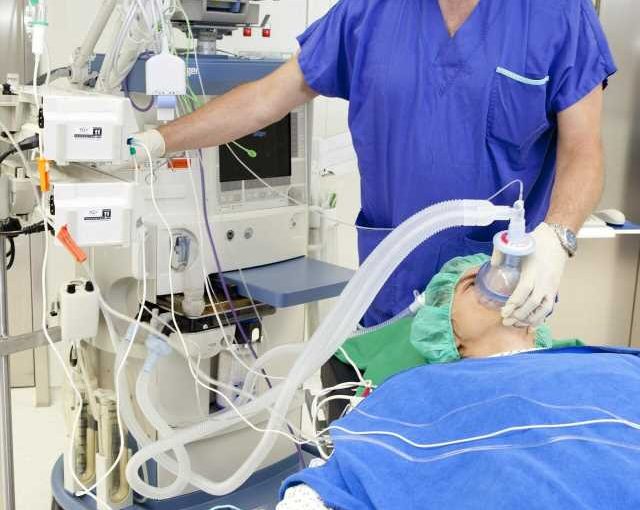
An international study has found around 1 in 10 participants under planned general anesthesia were able to respond to commands. Importantly no subjects remembered the commands after surgery. Researchers say the study sheds light on a medical phenomena known as “connected consciousness.”
Connected consciousness occurs when people under general anesthetic are able to respond to outside stimuli such as pain but may not be able to recall the event afterwards.
Previous studies showed it occurred in 5% of general anesthetics, but researchers are concerned it is actually happening more frequently in young people and is linked to biological sex.
An international investigation of connected consciousness on 338 patients aged from 18 to 40 under general anesthesia, found 1 in 10 patients responded to commands after intubation but before surgery started. Nearly half of those who responded to commands also responded to confirm they had pain.
One surprising finding was the risk of being responsive under general anesthetic after intubation was three times higher in females.
Fortunately, no one remembered the commands, though one person (0.3% of participants) reported was able to clearly recall the experience of surgery after the procedure ended.
There are different approaches to inducing anesthesia to allow intubation. Sometimes patients are given a single dose of an anesthetic to help them lose consciousness and an additional drug to stop movement.
The study has found that maintaining a continued level of anesthesia before intubation decreased the risk of connected consciousness in patients.
Provision of continuous anesthesia during that time is standard practice in Australia.
The findings, published in the British Journal of Anaesthesia, is the largest international cohort study of its kind, involving 338 participants and 10 hospitals across Australia, Belgium, Germany, Israel, New Zealand, and the United States of America.
“The data from the study has given us a crucial starting point in improving our understanding of connected consciousness. Patients expect to be unconscious under anesthesia, and not be in pain, and this demonstrates why research into anesthesia is so important,” said senior author Professor Robert Sanders. Professor Sanders is an anesthetist from the University of Sydney and Royal Prince Alfred Hospital. None of the patients recruited were from Royal Prince Alfred Hospital.
“The goal is not to discourage people from surgeries under general anesthetic—it is very important to note that patients did not remember responding to the commands,” said Professor Sanders.
“It was also reassuring to see that if anesthetic drugs are administered continuously in the time period between induction of anesthesia and intubation, the risk of connected consciousness was greatly reduced.
“This research also highlights the need to better understand how different people respond to the anesthesia medication. There is an urgent need for further research on the biological differences, particularly sex, that may influence sensitivity to anesthetic medication.”
Key findings
The study involved patients from 18 to 40 years old undergoing general anesthetic and intubation.
While under general anesthetic, researchers investigated whether patients were experiencing connected consciousness by asking them a series of questions and testing whether the patient could respond to spoken commands such as “squeeze my hand” and “squeeze my hand twice if you are experiencing pain.”
- 11% of participants responded to commands while under general anesthetic.
- Females were three times more likely to respond than males (odds ratio of 2.7)
- half of the 11% of participants that responded to commands also indicated they were in pain.
Lead author Assistant Professor Richard Lennertz from the Department of Anesthesiology, University of Wisconsin School of Medicine and Public Health, U.S. said:
“It is important to emphasize the overall safety of anesthesia. Patients had no memory of these experiences after surgery. This study highlights an ongoing commitment to patient safety in anesthesiology and an opportunity for further improvement in patient care.”
Co-author, Dr. Amy Gaskell from Waikato Hospital, New Zealand commented:
Source: Read Full Article
